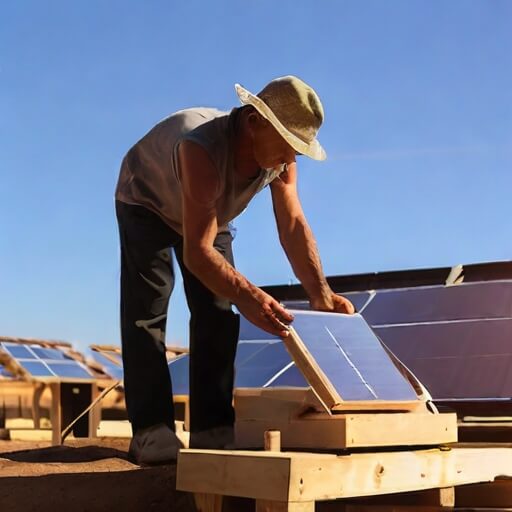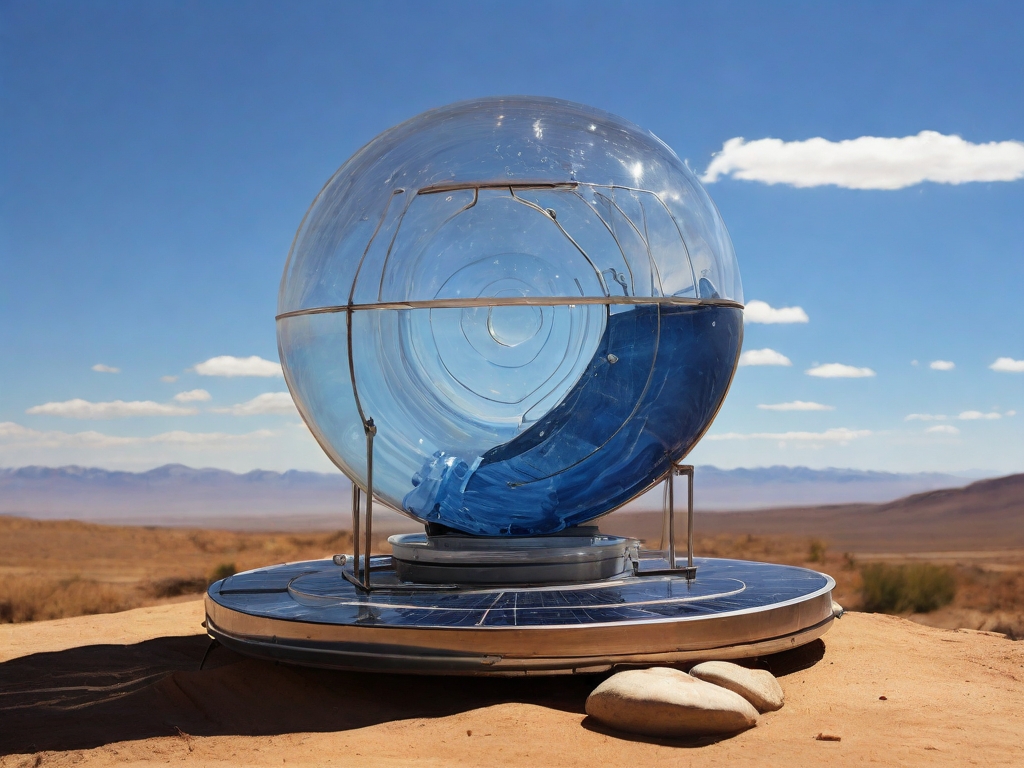Off-grid water system: A guide to rainwater harvesting
Table of Contents
1. The Importance of Rainwater Harvesting
2. Understanding Off-Grid Water Systems
3. Planning Your Rainwater Harvesting System
4. Collecting Rainwater: The Basics
5. Storage Solutions for Harvested Rainwater
6. Purifying Rainwater for Drinking
7. Using Harvested Rainwater in Your Home and Garden
8. Maintenance and Troubleshooting
9. Legal Considerations and Compliance
10. Conclusion
The Importance of Rainwater Harvesting
In a world where water scarcity affects more than 40% of the global population, rainwater harvesting is not just a sustainable choice but a necessary one. It reduces the demand on municipal water supplies, minimizes the impact on local water resources, and provides a reliable water source during droughts. Off-grid water systems, which include rainwater harvesting, are becoming increasingly popular for both rural and urban dwellers seeking independence from public water systems.
Understanding Off-Grid Water Systems
Off-grid water systems are self-sufficient setups that provide water for a household without relying on the public water supply. These systems can include wells, springs, and, most commonly, rainwater harvesting. Rainwater harvesting involves collecting, storing, and using rainwater for various household needs.
Planning Your Rainwater Harvesting System
Before you start collecting rainwater, it’s crucial to plan your system properly. Consider the following:
– The size of your roof and the amount of rainfall in your area
– The intended use of the harvested water
– Local regulations and building codes
– Your budget and the cost of installation
Collecting Rainwater: The Basics
To collect rainwater, you’ll need a catchment area, usually a roof, and a way to channel the water into a storage system. Gutters, downspouts, and first flush diverters are essential components of a basic rainwater collection system.
Storage Solutions for Harvested Rainwater
Once you’ve collected the rainwater, you need to store it. Storage options include:
– Above-ground tanks, which are easier to install but can be less aesthetically pleasing
– Below-ground tanks, which are hidden from view but can be more expensive
– Bladder tanks, which are flexible and can be placed in unused spaces like under decks
Purifying Rainwater for Drinking
If you plan to use harvested rainwater for drinking, it must be purified to remove contaminants. Filtration systems, UV purification, and chemical treatment are common methods for making rainwater safe to drink.
Using Harvested Rainwater in Your Home and Garden
Harvested rainwater can be used for:
– Irrigating gardens and lawns
– Flushing toilets
– Washing clothes and dishes
– Showering and bathing, with proper treatment
Maintenance and Troubleshooting
Regular maintenance is key to a successful rainwater harvesting system. This includes cleaning gutters, inspecting tanks, and checking pumps and filters. Be prepared to troubleshoot common issues like leaks, blockages, and pump failures.
Legal Considerations and Compliance
Before setting up your rainwater harvesting system, check local regulations. Some areas may have restrictions on rainwater collection or require permits for certain system components.
Conclusion
Rainwater harvesting is a practical and sustainable solution for off-grid water supply. With careful planning, proper installation, and regular maintenance, you can enjoy the benefits of an independent water system while contributing to global water conservation efforts.


